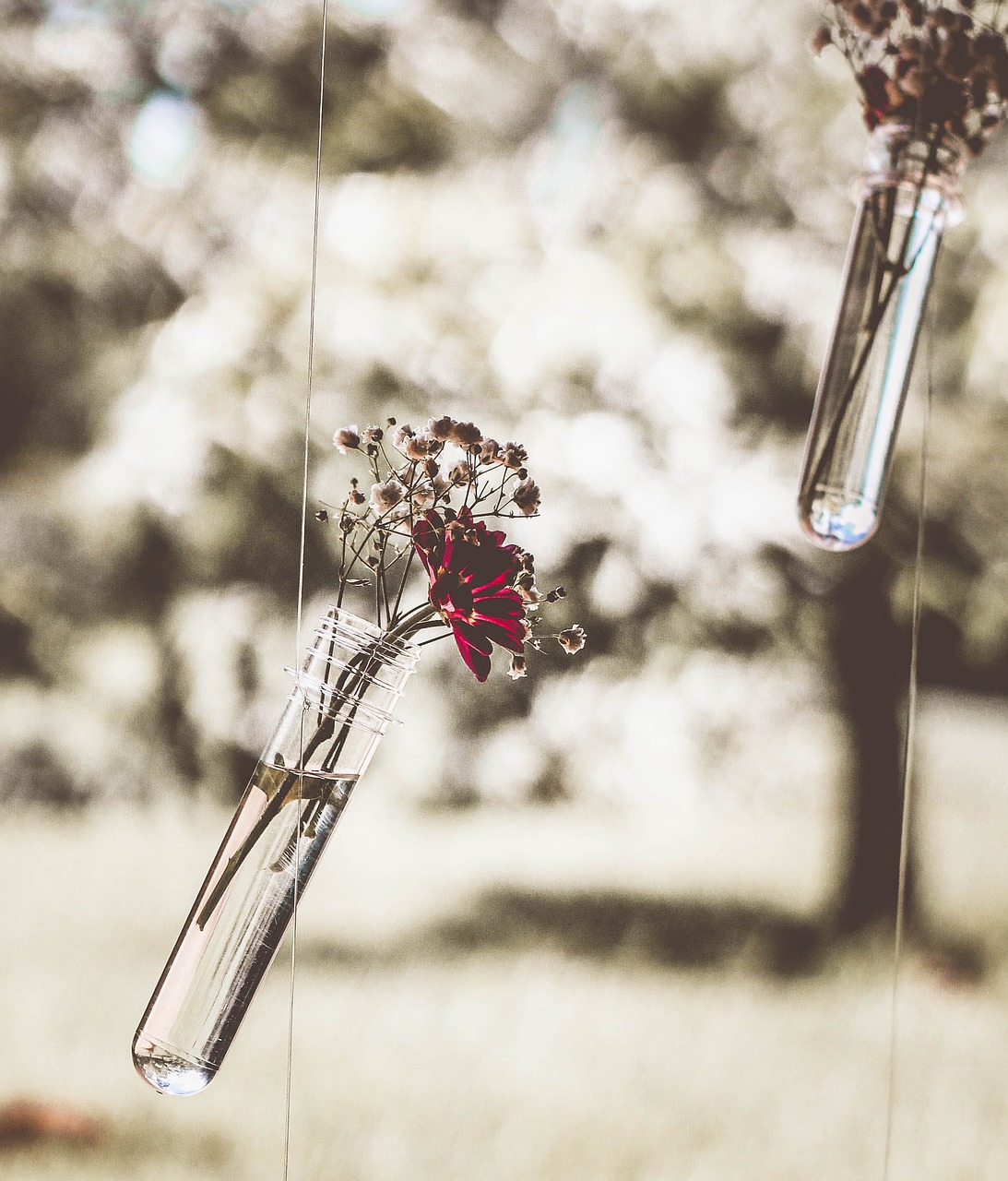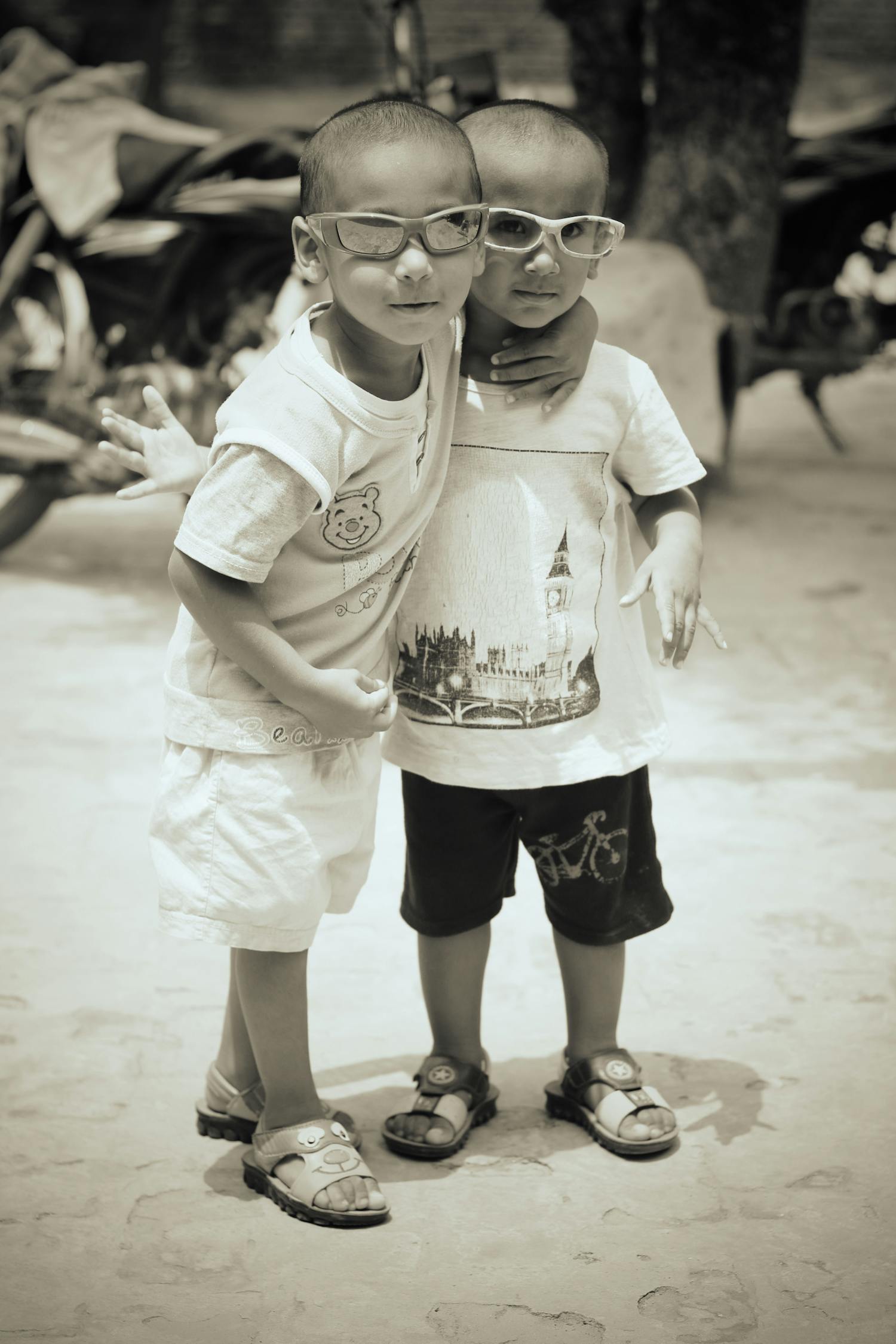Chinese Opera is a timeless art form that has captivated audiences for centuries. It is a unique blend of music, dance, acrobatics, and storytelling, reflecting the rich cultural heritage of China. The opera features elaborate costumes, intricate makeup, and stylized movements that bring characters to life. Performers use traditional instruments and sing in a distinctive vocal style, often accompanied by dramatic gestures. Chinese Opera tells stories of love, war, and history, providing a window into the soul of Chinese society. It continues to evolve while preserving its ancient roots, making it a living testament to the enduring power of art and culture.
China, with its rich history and diverse culture, has given birth to a multitude of art forms that have stood the test of time. Among these, Chinese opera stands out as a unique and integral part of the country's cultural heritage. This article aims to provide an introduction to the world of Chinese opera, exploring its origins, characteristics, and significance in the tapestry of Chinese performing arts.
Origins and Evolution
Chinese opera has a history that spans over a thousand years, with its roots traced back to the Tang Dynasty (618-907 AD). However, the form of opera that we recognize today began to take shape during the Yuan Dynasty (1271-1368 AD). The development of Chinese opera was influenced by various factors, including the fusion of music, dance, acrobatics, and storytelling. Over the centuries, different regions of China have developed their own styles of opera, each with distinct musical and performance characteristics.
Regional Styles
China is home to hundreds of opera genres, each with its own unique style and repertoire. Some of the most well-known include:
-
Beijing Opera (Peking Opera): Known as Jingju, Beijing Opera is one of the most famous and influential forms of Chinese opera. It originated in the late 18th century and combines singing, speaking, acting, and acrobatics. Its elaborate makeup and colorful costumes are iconic.
-
Cantonese Opera: Originating from Guangdong province, Cantonese Opera is characterized by its high-energy performances, martial arts elements, and the use of Cantonese dialect in singing and dialogue.
-
Kunqu Opera: Hailing from Suzhou, Kunqu is one of the oldest forms of Chinese opera, known for its poetic libretto, slow-paced melodies, and graceful movements.
-
Huagu Opera: Also known as Peking Opera, Huagu is a northern style that emphasizes acrobatics and martial arts, often featuring stories of heroes and warriors.
-
Yue Opera: From Shanghai, Yue Opera is known for its emotional expressiveness and the use of the Shanghai dialect, often depicting love stories and social issues.
Performance Elements
Chinese opera is a comprehensive art form that encompasses various elements:
-
Singing: The singing in Chinese opera is not just about melody; it also conveys the emotions and narrative of the story. It is often performed in a high-pitched, stylized manner.
-
Recitation: Actors recite their lines in a rhythmic and expressive manner, which is distinct from normal speech and adds to the dramatic effect.
-
Acting: The acting in Chinese opera is highly stylized, with exaggerated gestures and facial expressions to convey emotions and character traits.
-
Dance: Movements in Chinese opera are often dance-like, with precise footwork and body movements that are an integral part of the storytelling.
-
Music: Traditional Chinese instruments accompany the performances, creating a unique soundscape that complements the visual spectacle.
-
Costumes and Makeup: The costumes are elaborate and colorful, often signifying the status or character of the performer. Makeup is used to highlight certain features and express the nature of the character.
Role Types
Chinese opera characters are divided into several role types, known as "Sheng," "Dan," "Jing," "Mo," and "Chou." Each type has its own set of characteristics and performance styles:
- Sheng: Male roles, often portraying heroes or officials.
- Dan: Female roles, which can be further divided into young, middle-aged, and old women.
- Jing: Painted face roles, typically representing warriors or powerful figures.
- Mo: Middle-aged male roles, often with a beard, portraying characters with complex personalities.
- Chou: Comic roles, often clowns or servants, providing humor and entertainment.
Significance and Modernization
Chinese opera holds a significant place in the cultural identity of China. It is not only a form of entertainment but also a medium for moral teachings, historical narratives, and social commentary. As the world evolves, so does Chinese opera. Modern adaptations incorporate contemporary themes and technologies, ensuring that this ancient art form remains relevant and engaging for new audiences.
Conclusion
Chinese opera is a vibrant and dynamic art form that has captivated audiences for centuries. Its rich history, diverse regional styles, and unique performance elements make it a treasure of Chinese culture. As we explore the world of Chinese opera, we gain insight into the country's past, present, and the creative spirit that continues to shape its future. Whether it's through the traditional tales of heroes and legends or the modern stories that resonate with today's society, Chinese opera remains a living testament to the enduring power of art and storytelling.







 京公网安备11000000000001号
京公网安备11000000000001号 京ICP备18057566号-3
京ICP备18057566号-3